




When it comes to choosing new appliances for our homes, energy efficiency is a crucial factor to consider. With rising energy costs and a greater focus on reducing our carbon footprint, it’s important to know how much energy each appliance consumes. That’s where the A-G rating system comes into play.
The A-G rating system is a standardized way of measuring and comparing the energy efficiency of appliances. It provides consumers with information on how much energy a particular appliance uses and allows them to make more informed decisions about their purchases.
The rating system works by assigning a letter grade to each appliance, with A being the most energy efficient and G being the least. Appliances with a higher rating (A, B, or C) consume less energy and are therefore more environmentally friendly and cost effective in the long run. On the other hand, appliances with a lower rating (D, E, F, or G) tend to consume more energy, leading to higher electricity bills and a larger carbon footprint.
By using the A-G rating system, consumers can easily compare the energy efficiency of different appliances and choose the one that best fits their needs and budget. Additionally, governments and regulatory bodies often use these ratings as a way to encourage manufacturers to produce more energy efficient appliances and reduce overall energy consumption.
New Energy Ratings – What You Need to Know
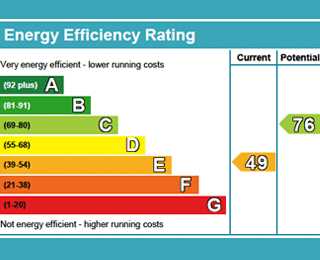
The new energy ratings for appliances have been introduced to help consumers make more informed decisions when purchasing new appliances. This rating system uses a scale from A to G, with A being the most energy efficient and G being the least efficient. Understanding these ratings can help you save on your energy bills and reduce your environmental impact.
How the Energy Ratings Work
The energy ratings for appliances are determined based on their energy consumption compared to similar models. The energy efficiency of an appliance is measured in kilowatt-hours per year (kWh/year) and is estimated based on standard usage patterns. Appliances with lower energy consumption receive higher ratings, indicating that they are more energy efficient.
Why Energy Ratings Matter
Choosing appliances with higher energy ratings can have a significant impact on your energy bills. Energy-efficient appliances not only use less electricity, but they also help reduce greenhouse gas emissions, which contribute to climate change. By selecting appliances with higher ratings, you can contribute to reducing your carbon footprint and saving energy.
Benefits of Energy-Efficient Appliances
- Lower energy bills: Energy-efficient appliances can help you save money on your monthly energy bills.
- Environmental benefits: By choosing energy-efficient appliances, you can help reduce greenhouse gas emissions and protect the environment.
- Long-term savings: Although energy-efficient appliances may have a higher initial cost, their lower energy consumption can lead to long-term savings.
- Better performance: Energy-efficient appliances are designed to work more efficiently, which can result in better performance and improved productivity.
Understanding the Energy Rating Labels
The energy rating labels provide important information about the energy efficiency of appliances. They typically include the rating scale from A to G, along with the estimated annual energy consumption in kWh/year. The labels may also include additional information about the appliance’s energy-saving features and recommendations for optimal use.
Choosing the Right Appliance
When selecting a new appliance, it’s important to consider both the energy rating and your specific needs. While a higher-rated appliance may have a higher upfront cost, it can lead to long-term savings on energy bills. Additionally, consider the size and features of the appliance to ensure that it meets your requirements. Comparing different models and their energy ratings can help you make an informed decision.
Conclusion
The new energy ratings for appliances provide valuable information to help consumers make eco-friendly choices and save money. By paying attention to these ratings and choosing energy-efficient appliances, you can contribute to a more sustainable future and enjoy long-term energy savings.
Understanding the A-G Rating System
The A-G Rating System is a way to measure and communicate the energy efficiency of appliances. It provides consumers with a simple and easy-to-understand scale, ranging from A (most energy-efficient) to G (least energy-efficient). This system helps consumers make informed decisions when purchasing appliances, as energy-efficient appliances can save both money and natural resources in the long run.
The rating is determined by the energy consumption of the appliance during its typical use. The energy efficiency of an appliance is calculated by comparing its energy consumption with that of similar appliances in its category. The higher the rating, the more energy-efficient the appliance is.
Here is a breakdown of what each rating represents:
- A Rating: Appliances with an A rating are the most energy-efficient. They consume the least amount of energy compared to other appliances in their category.
- B Rating: Appliances with a B rating are more energy-efficient than average but not as much as those with an A rating. They still consume less energy compared to lower-rated appliances.
- C Rating: Appliances with a C rating are considered to be average in terms of energy efficiency. They consume an average amount of energy compared to other appliances in their category.
- D Rating: Appliances with a D rating are less energy-efficient than average. They consume more energy compared to higher-rated appliances.
- E Rating: Appliances with an E rating are even less energy-efficient than those with a D rating. They consume more energy compared to higher-rated appliances.
- F Rating: Appliances with an F rating are very energy-inefficient. They consume a significant amount of energy compared to higher-rated appliances.
- G Rating: Appliances with a G rating are the least energy-efficient. They consume the most amount of energy compared to other appliances in their category.
It is important to note that the A-G rating system is used for a wide range of appliances, including refrigerators, washing machines, dishwashers, and televisions. When purchasing appliances, it is recommended to choose those with higher ratings (A or B) to save energy and reduce environmental impact.
By understanding the A-G rating system, consumers can make more informed choices when it comes to purchasing energy-efficient appliances. This not only benefits the individual in terms of cost savings but also helps to protect the environment by reducing energy consumption.
Benefits of Energy Efficient Appliances
- Lower Energy Bills: Energy efficient appliances use less electricity or fuel, helping to reduce your monthly energy bills. By investing in energy efficient appliances, you can save money in the long run.
- Environmental Conservation: Energy efficient appliances consume less electricity or fuel, which helps to reduce greenhouse gas emissions and combat climate change. By using energy efficient appliances, you can contribute to a cleaner and more sustainable environment.
- Long-Term Cost Savings: Although energy efficient appliances may have a higher upfront cost compared to their conventional counterparts, they often result in long-term cost savings due to their reduced energy consumption. Over time, the savings on energy bills can help offset the initial investment.
- Improved Performance and Quality: Energy efficient appliances are designed to operate more efficiently and effectively, providing improved performance and functionality compared to older, less efficient models. They often incorporate advanced technologies and features that enhance their performance and convenience.
- Government Incentives and Rebates: Many governments and utility companies offer incentives and rebates for purchasing energy efficient appliances. These incentives can help offset the higher initial cost and make energy efficient appliances more affordable.
- Reduced Dependence on Fossil Fuels: By using energy efficient appliances, you can help reduce the demand for fossil fuels such as coal, oil, and natural gas. This can help promote energy independence and reduce reliance on non-renewable energy sources.
- Improved Air Quality: Energy efficient appliances typically produce fewer pollutants and emissions, resulting in improved indoor and outdoor air quality. This is especially beneficial for individuals with respiratory conditions or allergies.
- Enhanced Durability and Reliability: Energy efficient appliances are often manufactured using high-quality materials and advanced engineering, making them more durable and reliable compared to older, less efficient models. This can result in longer lifespans and reduced maintenance costs.
- Contribution to a Sustainable Future: By choosing energy efficient appliances, you are making a positive contribution to a more sustainable future. Energy efficiency is a key element in mitigating the impacts of climate change and promoting the responsible use of energy resources.
How Energy Ratings Affect Your Electricity Bill
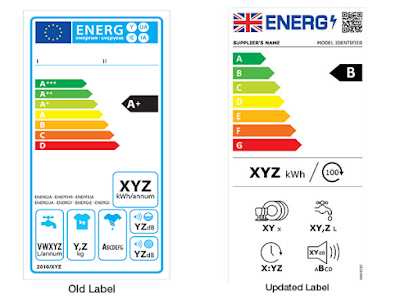
When it comes to purchasing appliances, the energy rating is an important factor to consider. Understanding how energy ratings affect your electricity bill can help you make informed decisions and save money in the long run.
What is an energy rating?
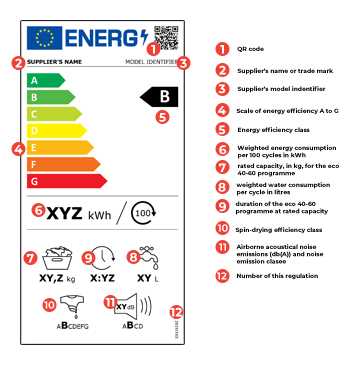
An energy rating is a standardized system that rates the energy efficiency of appliances. The most commonly used energy rating system is the A-G rating system, with A being the most energy-efficient and G being the least efficient.
How does it affect your electricity bill?
Appliances with higher energy ratings are designed to consume less electricity, resulting in lower energy bills. For example, if you compare two refrigerators with the same capacity but different energy ratings, one with an A rating and the other with a G rating, the A-rated refrigerator will use significantly less electricity and save you money on your monthly bills.
Over the lifespan of appliances such as refrigerators, washing machines, or air conditioners, the energy savings from choosing higher-rated appliances can be substantial. Although energy-efficient appliances may have a higher upfront cost, the long-term savings on electricity bills can offset the initial investment.
Choosing the right appliances
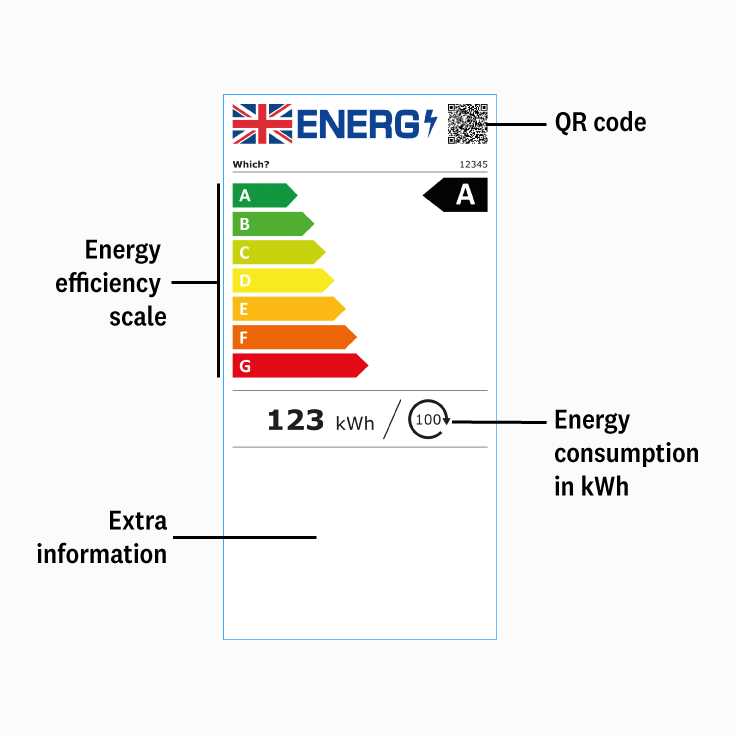
When purchasing appliances, it’s essential to consider both the upfront cost and the long-term energy savings. Look for appliances with high energy ratings, preferably A or B ratings, as they will have lower operating costs. Additionally, certain appliances, such as LED light bulbs or smart thermostats, can help further reduce your electricity bills.
To make an informed decision, compare different models and their energy ratings. Many countries have regulations that require appliances to display energy labels, making it easier for consumers to compare energy efficiency when making a purchase.
Conclusion
Understanding how energy ratings affect your electricity bills is crucial in making informed decisions when purchasing appliances. By choosing energy-efficient appliances with higher ratings, you can save money on your monthly bills and contribute to a greener environment by reducing energy consumption.
Choosing the Right Appliance for Your Needs
When it comes to choosing the right appliance for your needs, there are several factors to consider. It’s important to choose an appliance that not only meets your requirements but is also energy efficient.
Consider your requirements
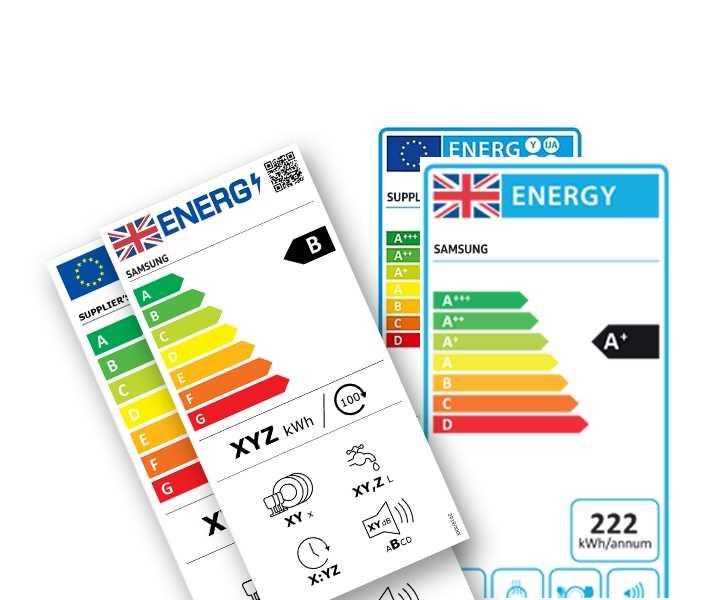
- Start by considering your specific needs. Are you looking for a refrigerator, washing machine, dishwasher, or any other appliance?
- Think about the capacity you require. Are you a small household or a large family? The size of the appliance should meet your needs without being excessive.
- Consider any specific features that are important to you. Do you need a fridge with a built-in water and ice dispenser? Do you want a dishwasher with adjustable racks? Make a list of the features that are essential for you.
Look for energy-efficient models
Energy efficiency is an important factor to consider when choosing an appliance. Look for appliances with a high energy efficiency rating to save money on your electricity bills and reduce your environmental impact.
The energy efficiency rating is represented by a letter on a scale from A to G, with A being the most energy-efficient and G being the least energy-efficient. Choose appliances with an A rating or higher to ensure maximum energy efficiency.
Compare prices and features
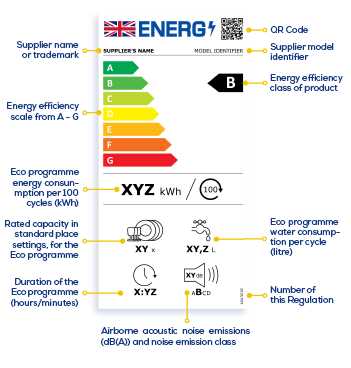
Once you have determined your requirements and identified energy-efficient models, it’s time to compare prices and features. Look for appliances that offer the best value for your money while still meeting your needs and energy efficiency requirements.
Consider any additional features or warranties offered by the manufacturer. These can add value to your purchase and provide peace of mind.
Read customer reviews
Before making a final decision, it’s a good idea to read customer reviews. Find out what other customers have to say about the appliance you are considering. Pay attention to any common problems or complaints.
By considering your requirements, looking for energy-efficient models, comparing prices and features, and reading customer reviews, you can make an informed decision and choose the right appliance that will meet your needs for years to come.
Future Developments in Energy Ratings
The A-G rating system has been a useful tool for consumers to make informed decisions about the energy efficiency of their appliances. However, with advancing technology and shifting consumer demands, there are several potential future developments in energy ratings that could further improve the system.
1. Introduction of A+ and A++ ratings
As appliances become more energy efficient, there is a need for additional rating categories to differentiate them. The introduction of A+ and A++ ratings would allow consumers to easily distinguish between appliances that are slightly more efficient and those that are significantly more efficient than A-rated products.
2. Adoption of smart energy labels
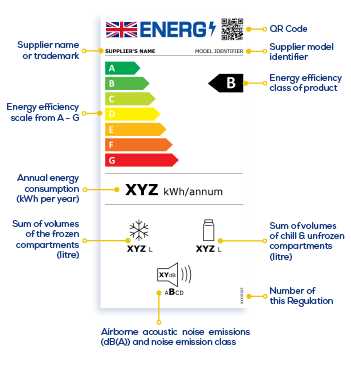
In addition to providing energy efficiency ratings, future developments could include the use of smart energy labels. These labels would be equipped with technology that allows consumers to track and monitor their appliance’s energy consumption in real-time. This would enable consumers to make more accurate assessments of their energy usage and identify areas where improvements can be made.
3. Integration of eco-design requirements
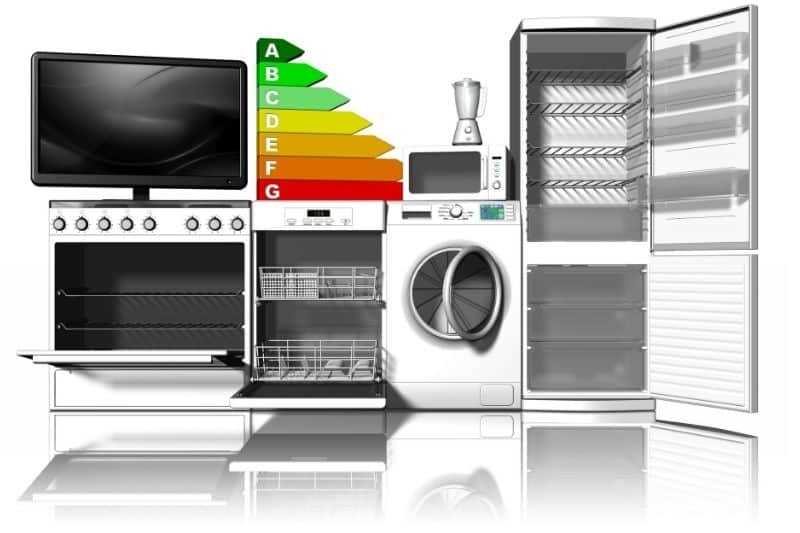
Future developments in energy ratings could integrate eco-design requirements into the rating system. This would consider not only the energy efficiency of the appliance but also its overall environmental impact throughout its lifecycle. Eco-design requirements could address factors such as the use of hazardous materials, recyclability, and repairability.
4. Inclusion of energy storage capabilities
As the demand for renewable energy sources grows, future energy ratings could also include energy storage capabilities. This would assess appliances’ ability to store and utilize energy from renewable sources, such as solar panels or wind turbines. Appliances with higher energy storage capabilities would receive higher ratings, encouraging the adoption of renewable energy technologies.
5. Improved consumer education and awareness
Lastly, future developments in energy ratings could focus on improving consumer education and awareness. This could be done through the provision of clearer and more accessible information, such as informative labels and online resources. The aim would be to empower consumers with the knowledge they need to make informed decisions and encourage them to choose more energy-efficient appliances.
In conclusion, future developments in energy ratings have the potential to further enhance the A-G rating system. From the introduction of additional rating categories to the integration of eco-design requirements and energy storage capabilities, these developments would provide consumers with more comprehensive information and incentives to choose energy-efficient appliances.
FAQ
What is the purpose of the new A-G rating system for appliances?
The purpose of the new A-G rating system for appliances is to provide consumers with a standardized and easy-to-understand way to compare the energy efficiency of different appliances.
How does the A-G rating system work?
The A-G rating system assigns each appliance a rating from A to G, with A being the most energy efficient and G being the least energy efficient. The ratings are based on the energy consumption and efficiency of the appliance.
Why is it important to consider the energy efficiency of appliances?
Considering the energy efficiency of appliances is important because energy-efficient appliances can help reduce energy consumption and lower utility bills. Additionally, using energy-efficient appliances can also reduce greenhouse gas emissions and contribute to environmental sustainability.
What are the benefits of purchasing appliances with higher energy ratings?
Purchasing appliances with higher energy ratings can provide several benefits. These appliances are generally more energy efficient, which can result in lower electricity bills over time. They also tend to have better performance and longer lifespans, and contribute to reducing environmental impact.
How can consumers find the energy rating of an appliance?
Consumers can find the energy rating of an appliance by looking for the A-G label on the product. Additionally, many manufacturers provide energy rating information on their websites and product packaging. Retailers may also have energy rating information available for consumers.
What is the new energy rating system for appliances?
The new energy rating system for appliances is a classification system that rates the energy efficiency of appliances on a scale from A to G. The rating is based on the energy consumption of the appliance during use.
Why was the A-G rating system introduced?
The A-G rating system was introduced to help consumers make more informed choices when buying appliances. It provides a clear indication of the energy efficiency of each appliance, allowing consumers to choose products that will save them money on their energy bills and reduce their carbon footprint.












